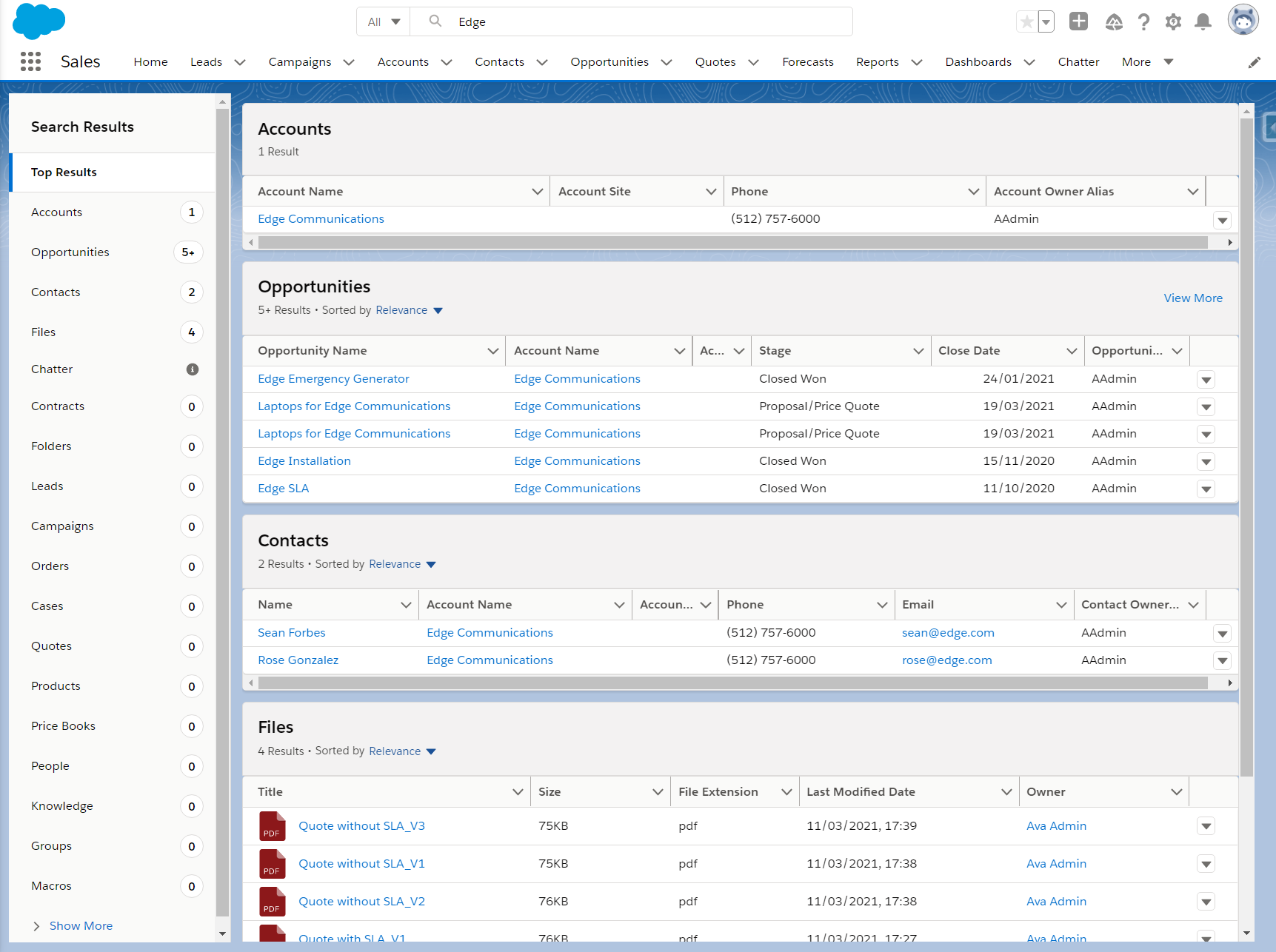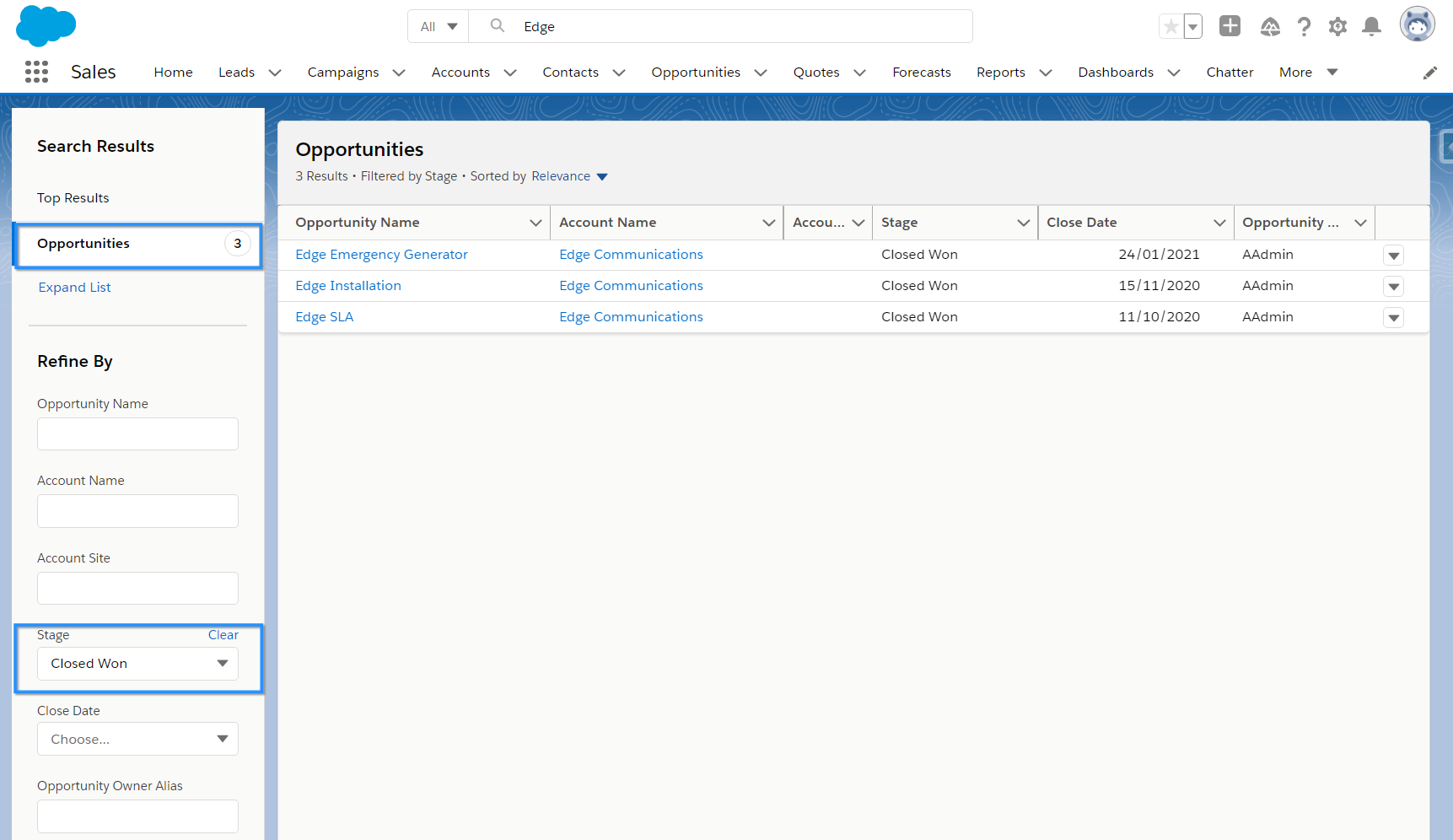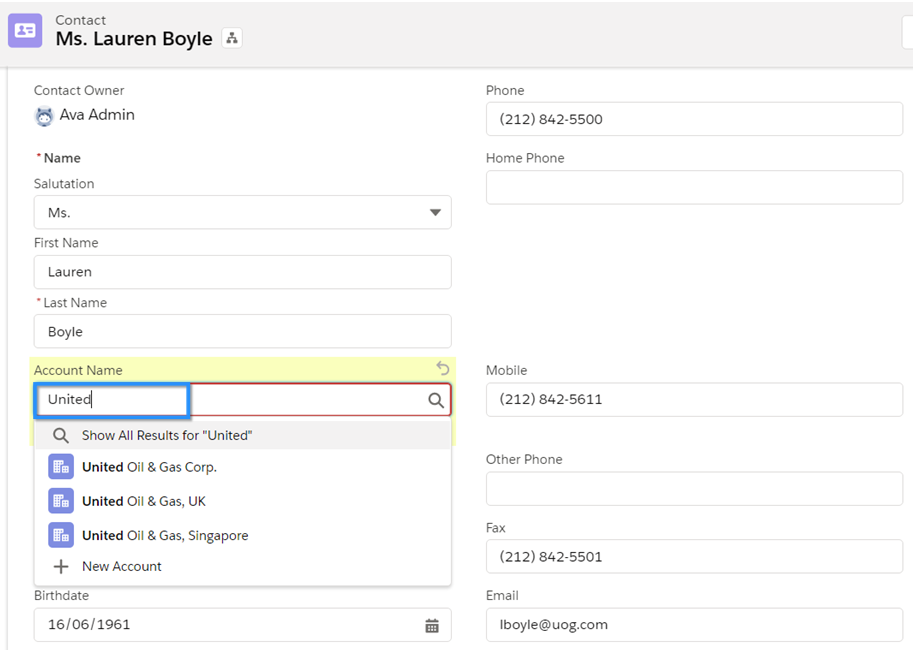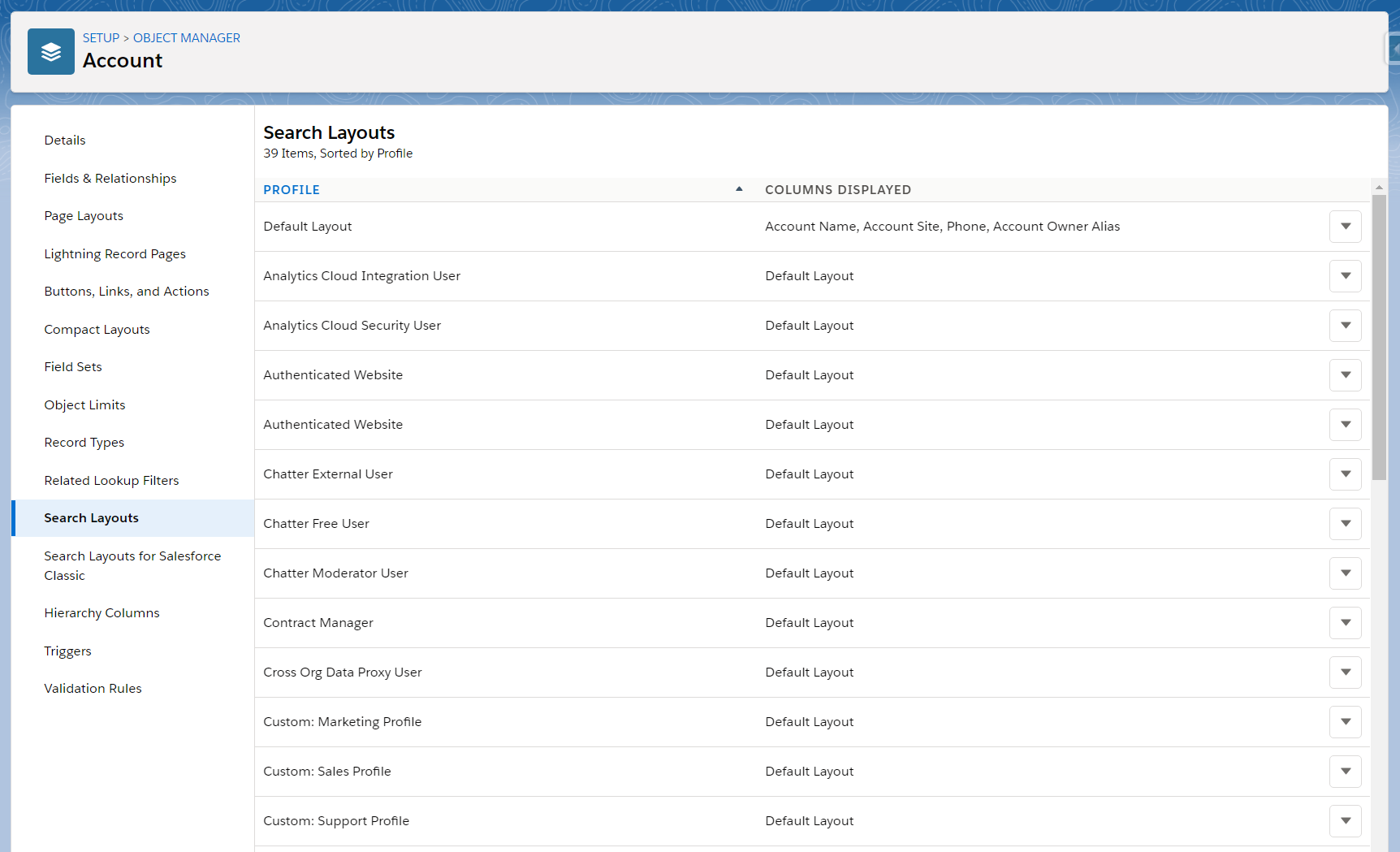Salesforce is a great repository for a company’s most precious data: Accounts, Contacts, Leads, Opportunities and more…but once the data is Salesforce, how can you easily search for a specific record?
You could have thousands, tens of thousands, or even hundreds of thousands of records and users expect data to be easily accessible. That’s why Salesforce search is so important!
In this guide, we’ll dive into the different types of Salesforce search and how you can customize Salesforce search settings to suit your organization.
Salesforce Search: The Basics
Important things to note about search in Salesforce include:
- Security features are enforced, such as field level security. This means that if a user does not have visibility of a field, the field will not be displayed in search results.
- Security features are enforced, such as record access. This means that if a user does not have access to a record it will not be displayed in search results.
- Profiles and Search Layouts: Different profiles can be assigned different search layouts
- Salesforce searches a different set of fields for each object.
- Not all objects and fields are searchable: formula, lookup and encrypted fields cannot be searched.
- Custom objects must have a custom tab in order to be searchable and the user profile must have access to the tab e.g. the tab is not set to ‘Tab Hidden’.
- For custom objects to be searchable, you must tick ‘Allow Search’.
Ways to Search in Salesforce
- Global Search
- Lookup Search
- Search Layouts
- List View Search
- Salesforce Einstein Search
Salesforce Global Search
The first place a user looks to search is the global search bar, with a search box conveniently located at the top of the screen, regardless of where you are in the Salesforce user interface.
- When a user clicks into the global search bar they will see their recent items.
- As they start typing in the search box, they will be shown recent items that match their search criteria.
- If the correct record is displayed, they can select it from the suggested results.
- If they do not see the correct record, they can hit search/enter to see a full list of results, broken down by object.
- Users can narrow down search results by filtering on a specific object.
- After filtering on an object, users can further filter on additional fields, for example, the stage of an Opportunity.
Global Search:
Full Results:
Filter Search Results:
Lookup Search
A lookup search enables a user to search and associate a record to another record using a lookup field. For example, when associating a Contact with an Account, you would use the ‘Account Name’ field to associate the two records together.
- As the user begins typing they will see instant results based on the record’s name.
- If the user does not see the record they are looking for, they can click the magnifying glass or hit enter to do a full search.
Salesforce Search Layouts
It’s important to spend some time understanding what your users want to see when they perform a search in Salesforce. The search layout affects which fields users can view, filter and sort by on the search results page. You can also change the layout for each profile.
You can access search layouts from Setup via an object in the Object Manager.
List View Search
List views are like fabulous mini-reports and are a great way to access data. Once created, you can also search a list view for a specific record.
- In list view search, only the first 2000 records are searched.
- All searchable fields from the object are searched, not just the fields visible on the list view.
- Once selected, the list view search box will indicate which fields are NOT available for searching.
Salesforce Einstein Search
Salesforce Einstein Search takes searching in Salesforce to the next level – it’s super smart! Einstein Search discovers and understands your user’s preferences and personalized search results based on geography, ownership, industry, and activity.
When a user clicks into the search bar, users will see the actionable user interface. This will include:
- Suggested natural language searches that will create custom filtered lists – these are based on recent searches and will continue to update as the user keeps typing.
- Potential search results based on what the user has types in the search bar – when a user hovers over each record they will be able to see more information about that record, related lists and action buttons such as ‘Edit’ or ‘Clone’.
- Suggested list views.
Instead of just searching by a keyword or record name, users can use a ‘natural language’ search such as “my closed opportunities in New York”.
Summary
So, there we have it, an overview of the multiple ways to search in Salesforce.
Don’t forget to spend some time customizing your searches, choosing which fields are displayed to which profiles, to ensure your users have the best experience using Salesforce Search.








Comments: